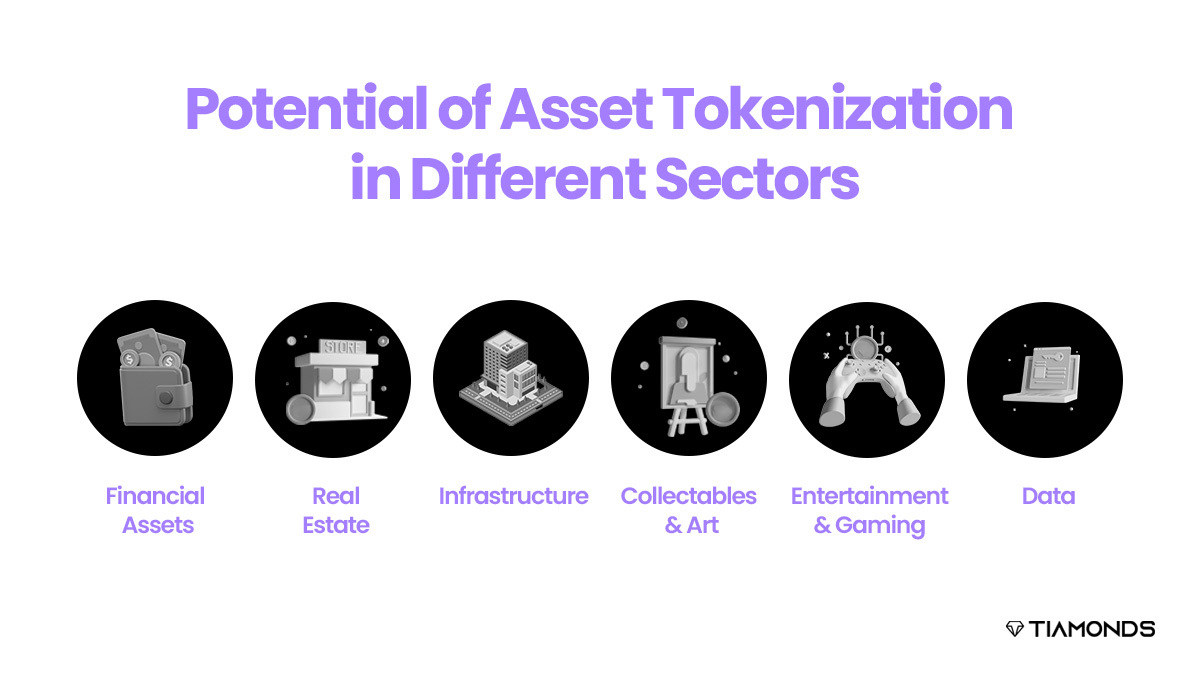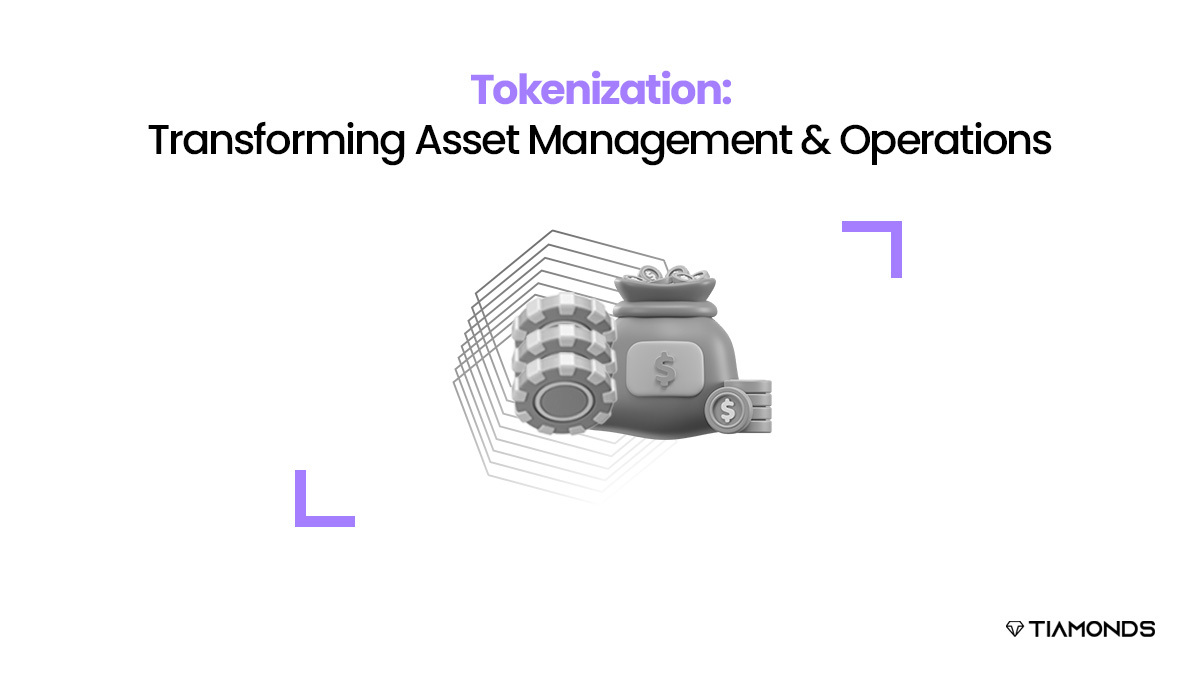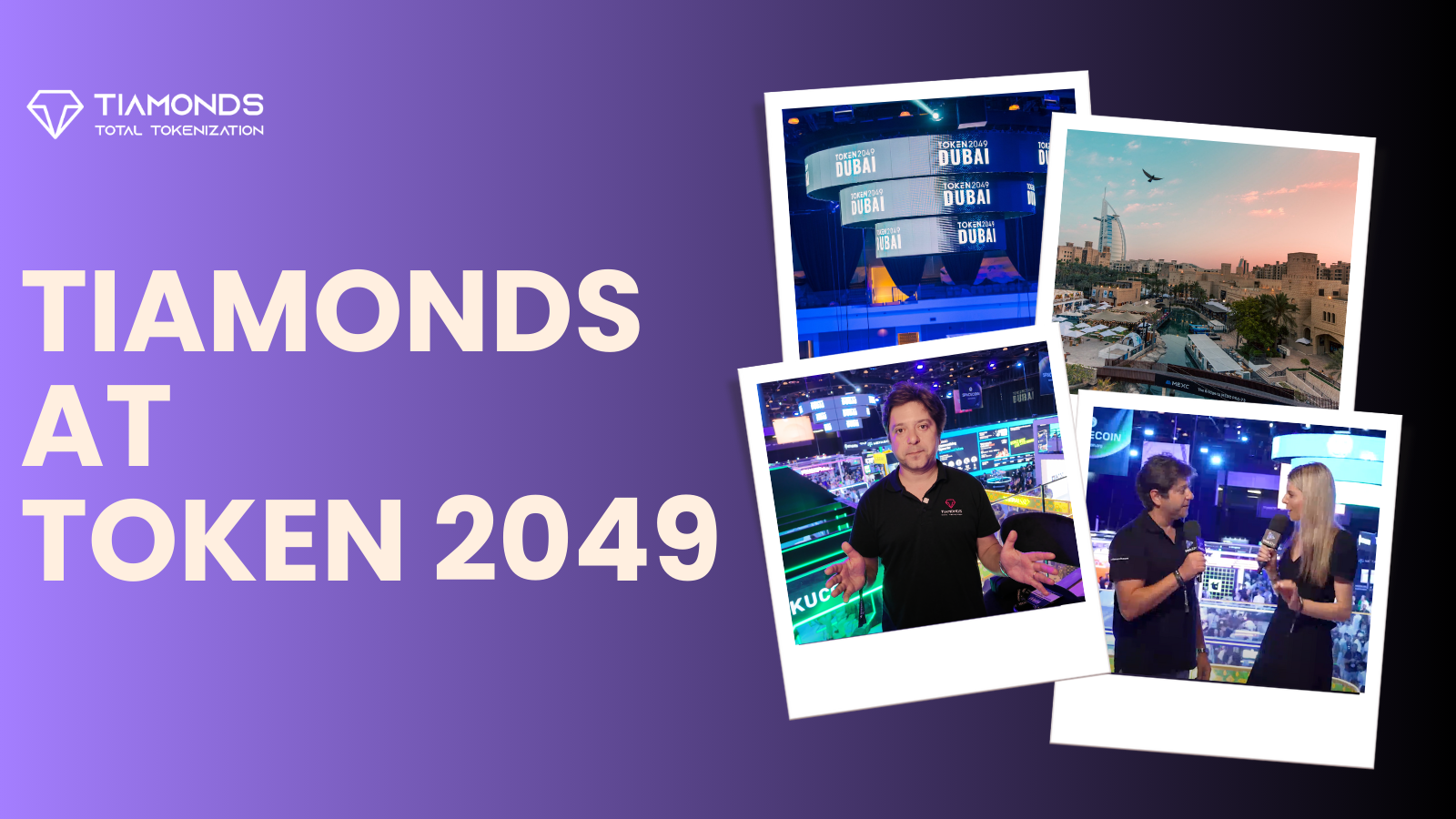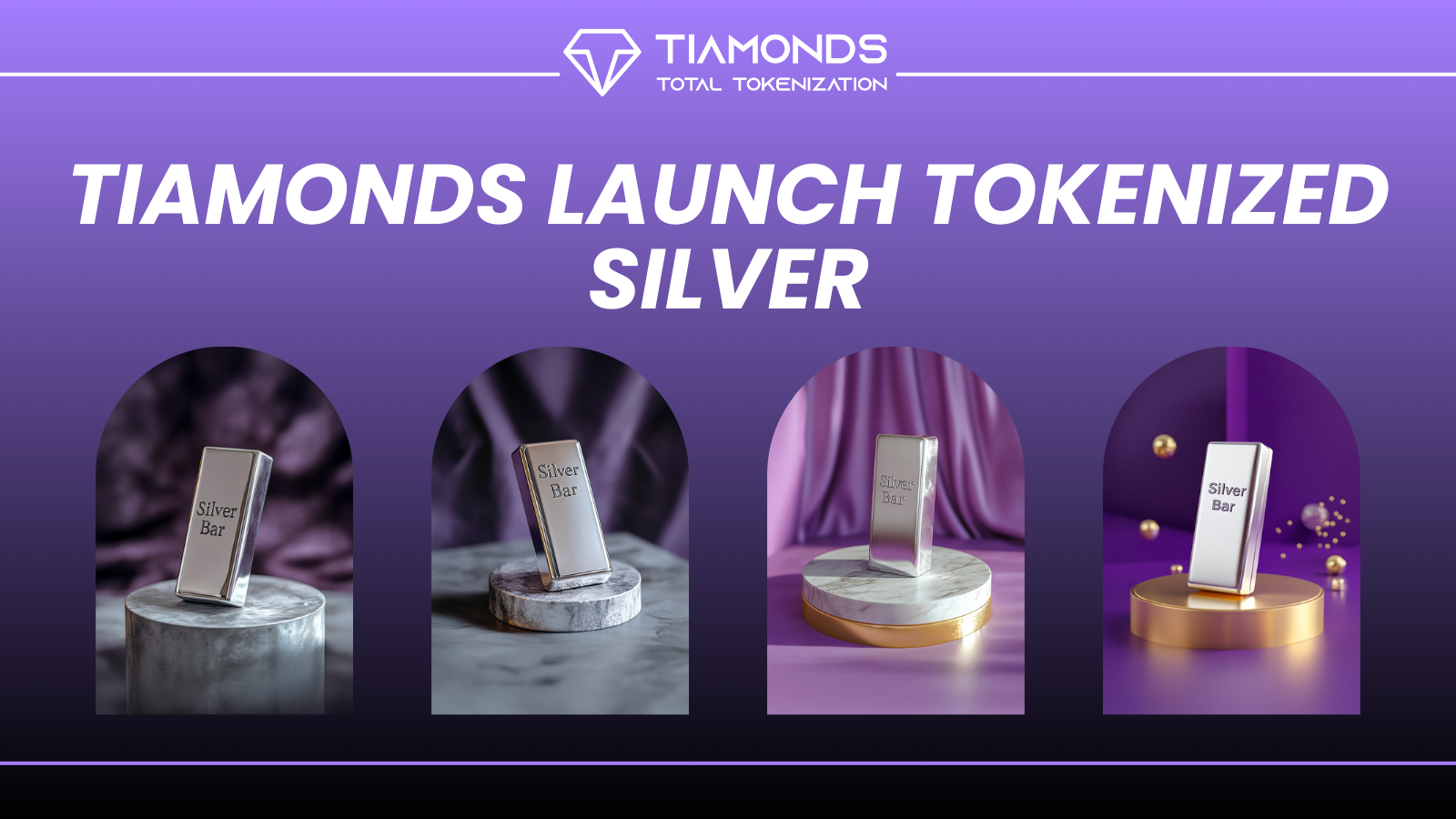Real-world asset tokenization will transform asset financing and management operations. It is expected to disrupt nearly all sectors and industries of contemporary society significantly. This includes real estate, investing, asset management, manufacturing, and even the arts. The market for tokenized assets is estimated to surpass USD 10 trillion by the year 2030.
Table of Contents:
ToggleTokenization Potential
Tokenization has the potential to reshape asset investment and ownership, and its global adoption may be on the edge of a significant breakthrough. The technology has the potential to fundamentally reshape conventional investment and ownership frameworks. It results in significant decreases in transaction costs, increased transparency, and liquidity. By expanding investment opportunities, we are altering not only our perceptions. But also, our interactions with assets, products, and value, which are fundamental components of our finance systems. The real-world asset tokenization of tangible assets is not an impending phenomenon; it is currently taking place. It is laying the groundwork for a financial ecosystem where digital tokens represent tangible assets. It renders them more readily available than ever before—in addition to affluent or financial institutions, but to the general public as well.
What is a token?
The term ‘token’ has a multidimensional historical background that transcends digital technology. It encompasses diverse connotations and definitions that occasionally complicate the task of precisely determining its meaning. A token, as used in this report, signifies a digital asset comprised of assignable digital rights and information that are all interconnected in an automated and programmable fashion. Tokens may symbolize invisible or tangible physical assets, and they may represent a fractional share or the complete asset. Real estate, company stock, bonds, or perhaps a work of art could all qualify. The blockchain-based token that is present is the owner of the asset. Managing and transacting assets that were formerly challenging to trade or divide has become relatively easy.

Potential Future
As of now, the World Bank estimates that 1.7 billion individuals lack the ability to access financial services. This indicates that they lack the means to save, acquire, or invest money through financial products. These can be an account with a bank, a credit card, or other similar instruments. Insufficient availability of financial services can result in various adverse outcomes, including increased vulnerability to destitution and financial challenges.
Real-world asset tokenization may be one of the answers to this issue, as it reduces entry barriers and grants access to investments to a large number of unbanked individuals. Assets that were previously illiquid or had historically required substantial investment capital to enter (e.g., private equity funds) are now more readily available by fractionalizing them and facilitating their trade across international borders.
Tokenization enhances the precision and promptness of asset valuation while broadening opportunities previously restricted by geographic or financial limitations. Previously illiquid assets are currently undergoing a surge in trading activity. Furthermore, establishments investigate tokenization predominantly due to the subsequent rationales:
- Substantially enhancing liquidity, easy access, and transaction speed decreases possession and transaction costs.
- Facilitating fractional ownership by expanding access to investment opportunities that were previously inaccessible to a greater number of individuals.
- Recording tokenized assets on a blockchain, which maintains an immutable and transparent ledger of ownership, improves security.
Over $10 Trillion in Market Opportunity
It is a strong conviction that real-world asset tokenization will experience substantial growth, expanding into a market with a minimum value of USD 10 trillion by 2030. This would equate to a forty-fold increase in the worth of tokenized assets between 2022 and 2030. This would substantially increase the value from its present level of approximately USD 300 billion. The analysis concluded as follows:
1. Multiply the moderate growth rates for asset values in the future (2% to 8%) by the percentage of shares that are likely to be tokenized (up to 1%).
2. The tokenized market is anticipated to be dominated by real estate and financial securities (equities, bonds, and investment funds) on account of the substantial scale of the fundamental markets and the widespread utilisation of these assets.
3. Ethereum has taken the lead in the real-world asset tokenization of assets worth $1.66 billion, which accounts for an enormous 76% of the entire undertaking. Stellar and Polygon, with $306 million (14%) and $116 million (5%), respectively, subsequently followed.
4. Alternative types of digital assets are increasingly being adopted. These consist of $63 million worth of corporate bonds, $21 million worth of private equity, $5 million worth of equity, and $3.4 million worth of private equity funds.As the cryptocurrency industry continues to evolve, stakeholders are closely monitoring the rapid pace of these significant advancements.
When stepping into the world of real-world asset tokenization, Tiamonds is a project that offers investment opportunities for both rare-gem collectors and financial investors. For those who are looking to explore opportunities in the world of digital finance, tokenized diamonds offered by Tiamonds would be the right choice.
Tiamonds Marketplace recently added 10 new dazzling tokenized diamonds to their collection of digital assets.
Have a look: tiamonds.com/market




